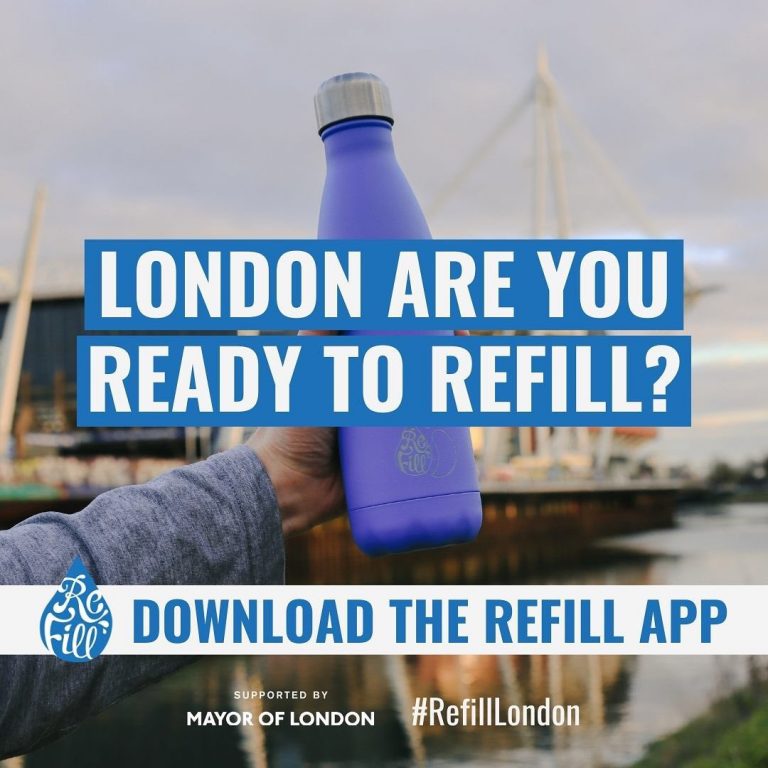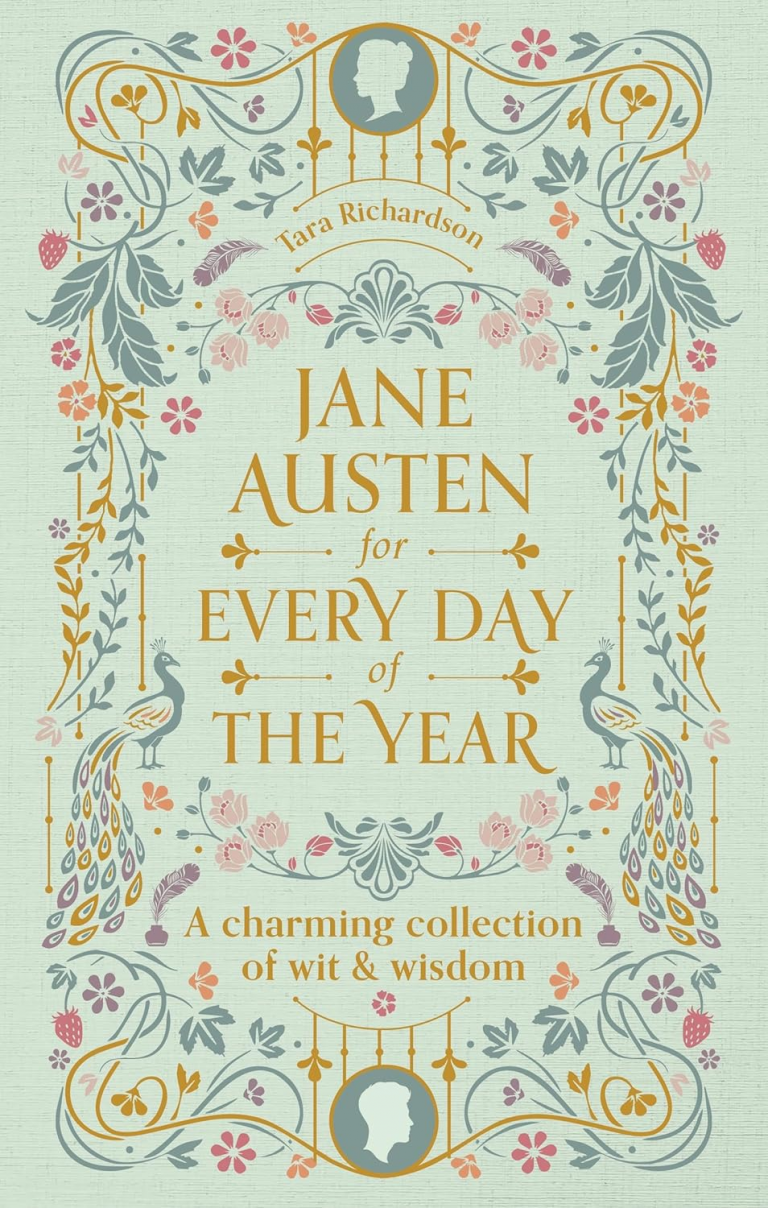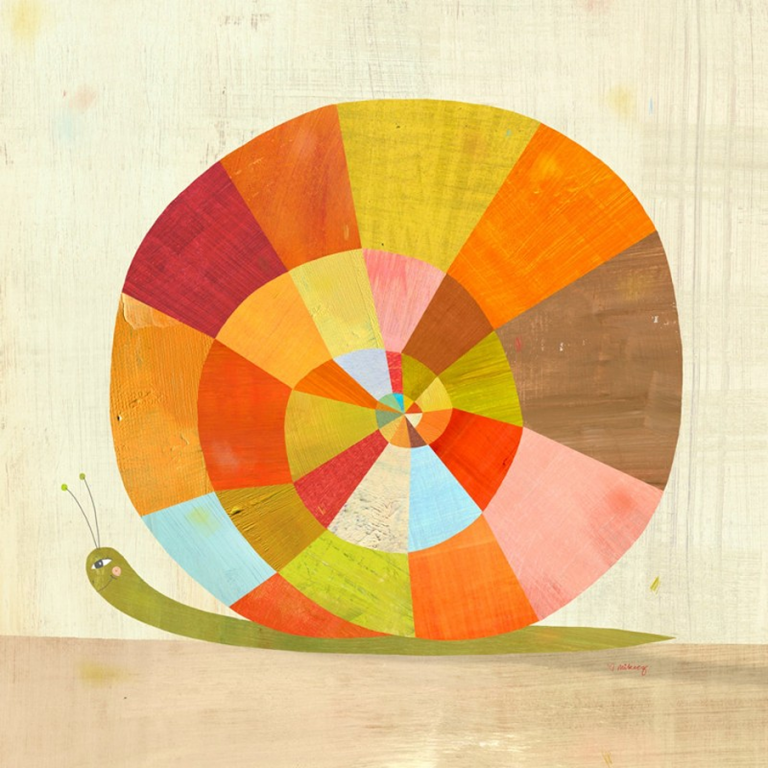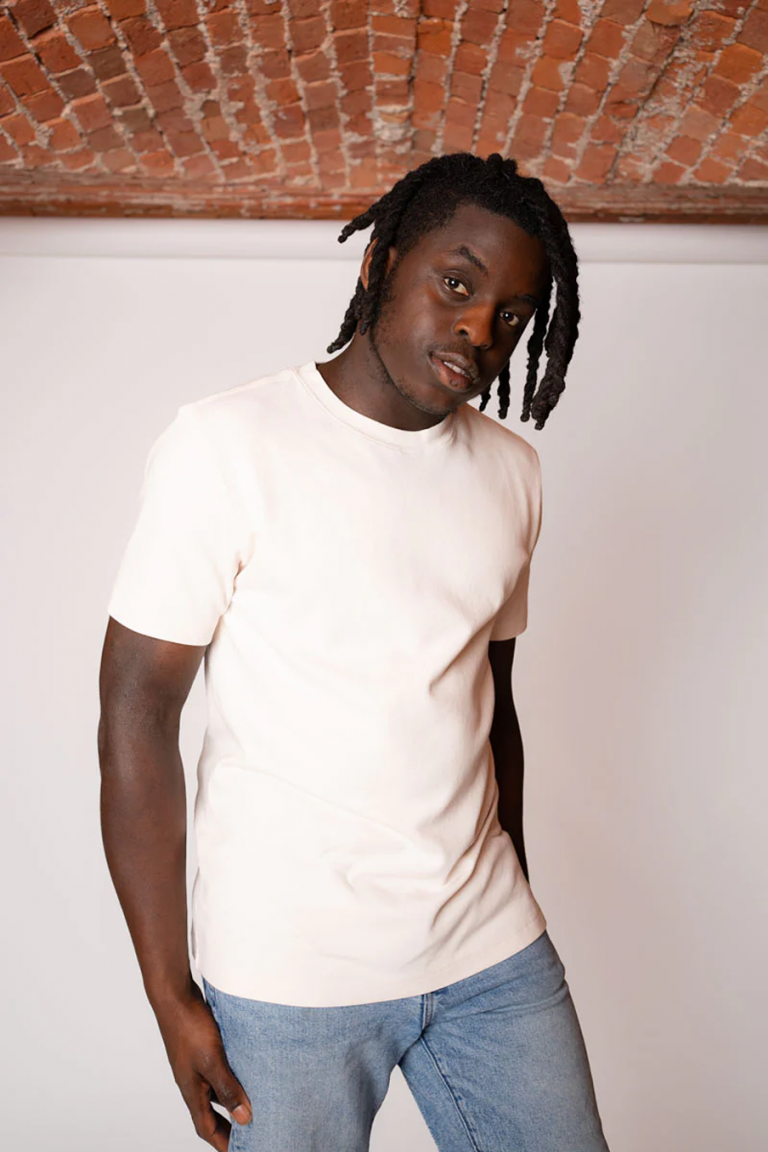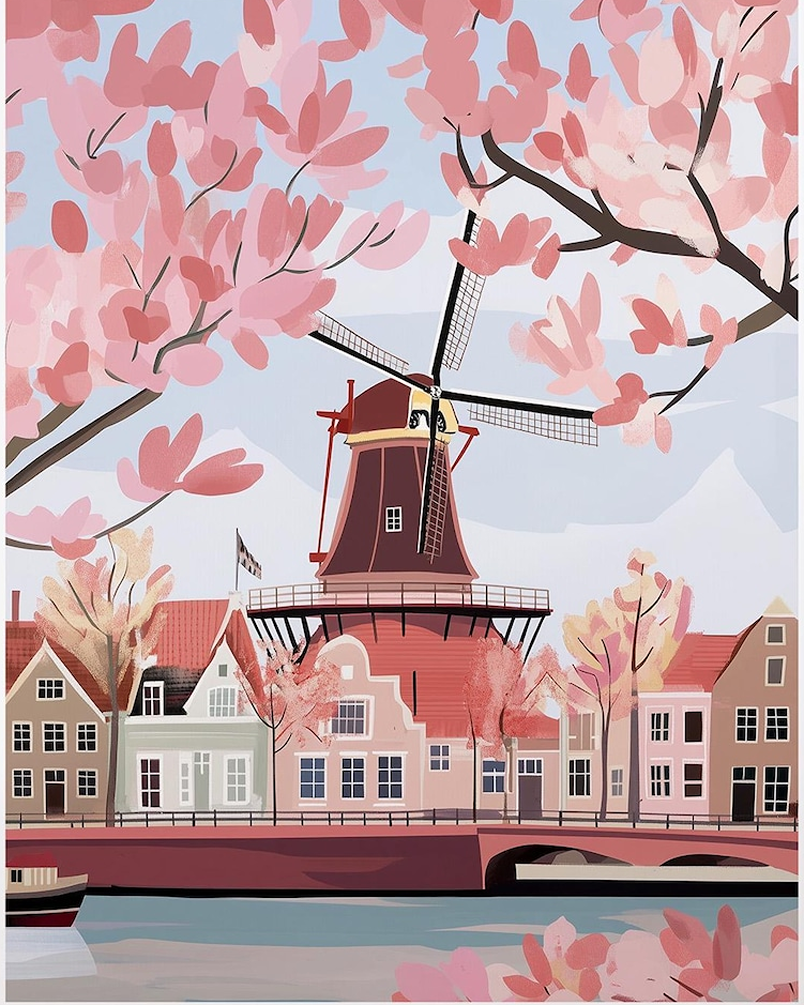
Dutch cities rarely grind to a halt. Streets feel calm, air is cleaner, and getting around is simple. It did not happen by accident. The Netherlands built a transport culture that puts people first, then shaped streets, budgets, and laws to match.
In The Netherlands, bicycling is a daily part of life, public transport is reliable, and most people walk everywhere. You can easily get from place to place using public transit, and Amsterdam railway station takes you to most places in Europe within hours, no need for cars or planes.
Did you know tulips (like all bulbs) are unsafe near pets?
Why Cycling Rules the Roads
Cycling is the main form of transport in Netherlands. Most cities have dense networks of protected bike lanes, clear wayfinding, and safe junctions. Bike parking sits at train stations, schools, and shopping streets. Utrecht Centraal houses one of the largest bike parking facilities on earth, with space for well over ten thousand bikes.
Amsterdam sees roughly a third of trips by bike, with some areas even higher. Across the country, many daily journeys are short and done on two wheels. That means less congestion and cleaner air, which also helps public health.
Cities reduce through-traffic in centres, set low urban speed limits, and price car parking to reflect demand. Cycle streets give bikes priority on local roads. New housing comes with strong links to bike routes and trains, not just bigger car parks. These choices keep bikes fast and safe, so families choose them without fuss.
Building World-Class Bike Networks
A strong bike network feels like a web, not a set of fragments. Dutch cities stitch together protected tracks, calm side streets, and safe crossings. Junctions are designed for low stress. Separate signals, early green lights, and clear markings protect cyclists in busy areas. On longer trips, cycle highways link towns with wide paths, gentle curves, and limited stops.
Integration with public transport is part of the plan. Secure parking at stations, cycle hire near tram stops, and simple wayfinding let riders shift modes with ease. The result is a smooth chain, door to door.
Other cities can adapt this approach:
- Start with corridors: Connect two key hubs first, then extend. A short, safe route that people use beats a scattered map of short fragments.
- Fix junctions: Protect the tricky spots where crashes happen. Signals for bikes, protected corners, and clear priority rules build trust.
- Link to transit: Add bike parking and hire at stations. Make it simple to take a bike on a local train at off-peak times.
- Mind maintenance: Keep surfaces smooth, drain water well, and clear leaves and snow quickly.
Shifting Mindsets: From Cars to Bikes
Schools often teach safe cycling. Children learn hand signals, road rules, and route choice. Families ride together for short trips, which makes bikes feel normal and safe. Cargo bikes with children and shopping are normal for families.
Employers may offer tax-friendly bike purchase plans. Cities provide repair stands and public pumps. E-bikes widen the circle, bringing longer commutes and older riders into the fold.
The gains are broad:
- Health: Daily riding lowers stress and builds fitness, without gym fees.
- Environment: Fewer car trips mean lower emissions and less noise.
- Household costs: Owning a bike is cheaper than running a car.
Public Transport for Seamless Travel
Trains, trams, buses, and ferries in the Netherlands work as one system. Timetables sync, routes cover gaps, and interchanges are easy to read. You tap once, ride, and switch modes without stress. This level of coordination cuts car use because the alternative is strong.
Utrecht and Rotterdam show how it works. Utrecht pairs frequent trains with reliable local buses, plus vast bike parking at the station. Rotterdam mixes metro lines, trams, and buses with robust connections at key hubs. The mix gives options by time of day, budget, and distance.
The Backbone of Dutch Trains and Buses
The rail network carries large numbers of people at high frequency. On many main routes, trains run every 10 minutes or better at peak times. Punctuality stays high thanks to tight operations and regular maintenance. Regional buses fill in the last miles, serving towns and villages with a steady rhythm.
Payments stay simple. The OV-chipkaart made contactless travel normal, and you can now tap in with a bank card on most services. Clear fares and easy transfers speed up boarding and reduce queues.
Workers can plan tight connections. Students can get to campuses across regions. Visitors can see more without a hire car. When public transport works, people use it by choice, not only by need.
Making It Inclusive for Everyone
An inclusive network serves more people, more often. Dutch operators fit low-floor trams and buses for easy boarding. Platforms match train floors for level access at many stations. Lifts, ramps, and tactile paving support independent travel.
Real-time apps and platform displays help riders plan. Audio announcements and clear signage assist those with sight or hearing needs. Space for prams and wheelchairs is part of the design, not an afterthought.
These features grow trust and fairness. When parents with buggies, older people, and disabled riders feel welcome, ridership rises.
Sustainability in Dutch Transport

The Netherlands treats clean transport as a core goal. Policies line up with a carbon-neutral future by 2050, in step with wider European targets. Cities back that with street-level changes. Networks shift to electric power, new fuels, and smarter designs that use less space and energy.
Flood management ties in too. Streets, rails, and cycle paths are planned with water in mind. Routes sit on safe ground, drainage is strong, and structures handle heavy rain. This focus keeps travel steady in bad weather.
Electric and Green Innovations
Electric is moving from pilot to normal. E-bikes help riders tackle hills, wind, and longer commutes. Many regions now run electric buses on busy corridors, with depots set up for overnight charging or fast top-ups. Charging points spread across cities, in car parks, residential streets, and at transport hubs.
Some cities add solar where it fits. Station canopies and noise barriers hold panels that feed local power needs. Trials with solar paths and smart lighting show promise in some contexts. Every bit helps to cut emissions and save on fuel.
These shifts bring clear returns:
- Lower emissions: Cleaner fleets reduce CO₂ and improve air quality.
- Quieter streets: Electric buses and vans cut noise on main roads.
- Reliable costs: Electricity prices vary, yet long-term fuel savings can be strong.
Learning from Waterways and Flood Control
Water is part of daily transport in Dutch cities. Ferries in Amsterdam help people cross the IJ quickly, free of charge for foot and bike users. Canals move goods, ease pressure on roads, and support tourism without heavy traffic.
Large flood works, like the Delta Works on the coast, shape a mindset that values robust design. Transport links avoid high-risk zones where possible, sit higher where needed, and drain well after storms. Bike paths double as access routes for water management teams. Car parks can act as temporary water storage during heavy rain.
Ghent is Almost Car-Free
The city of Ghent is traffic-free in the centre for certain times of the day. You can drive (people in The Netherlands rarely ‘ban’ anything).
The system is designed so that it’s more of a faff to drive through all the ring roads, than to walk or take public transport. This is good town planning.
Roads are open to emergency services at all times. And before 11am and after 6pm, streets are also open to public transport, refuse collectors, doctors and taxis (plus electric and cargo bikes).
But during the day, it’s people and ambulances/fire engines/police cars only. People with bikes are also allowed, as long as they push their bikes by hand.
This city of around 100,000 people now has over 2 bikes per household, almost 20% less air pollution than other cities, hardly any traffic jams on outer roads (note to M25), far fewer traffic accidents and ‘the noisy opposition’ quietened down long ago.
The Amsterdam City Card (inspiring ideas)
The Amsterdam City Card is a great idea, that we could use in English towns and cities. Councils wish to encourage people to walk and cycle, and also to support local tourism through museums and art galleries etc. This card is an innovative response, giving one card to do it all together! It saves money, encourages people to use public transport, and supports local shops.
Tourists can buy just the one card and get access to:
- Free public transport (metro, tram, bus and ferry)
- Rent a bike for a full day
- Access to over 70 public museums
- Take a canal cruise
- Take the Night Bus
People can rent a card for a day or 5 days (either online or at Amsterdam Central Station).

